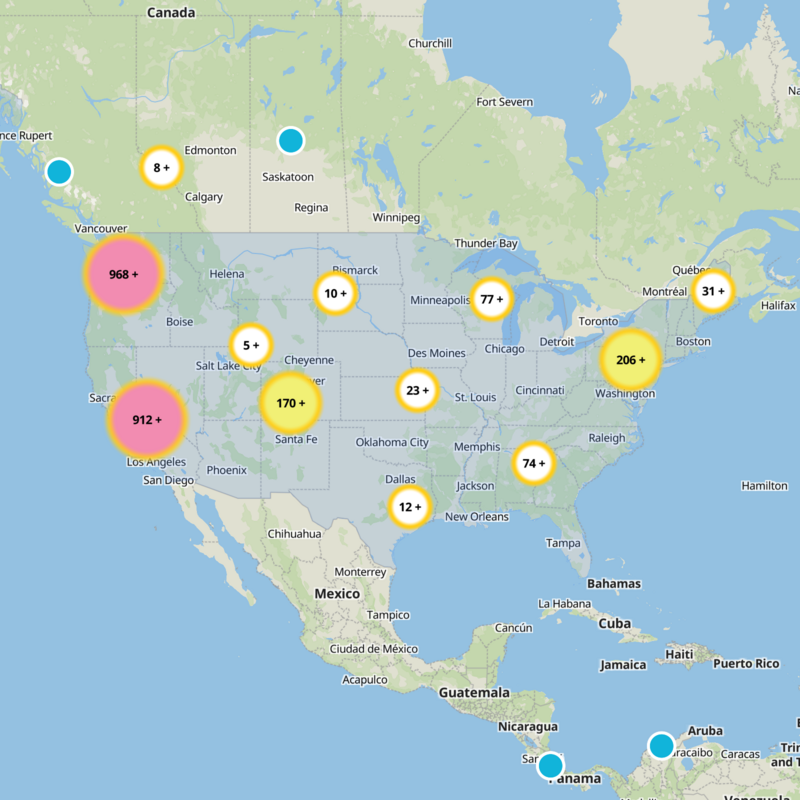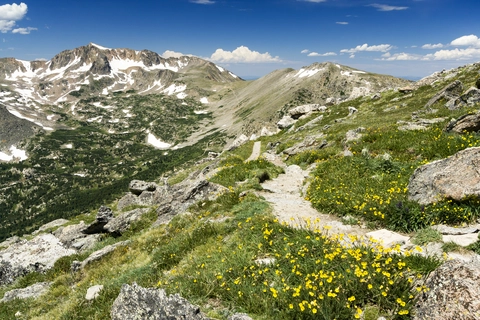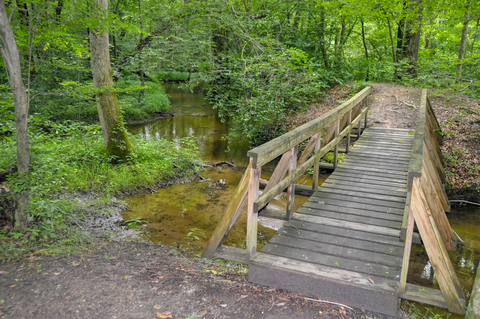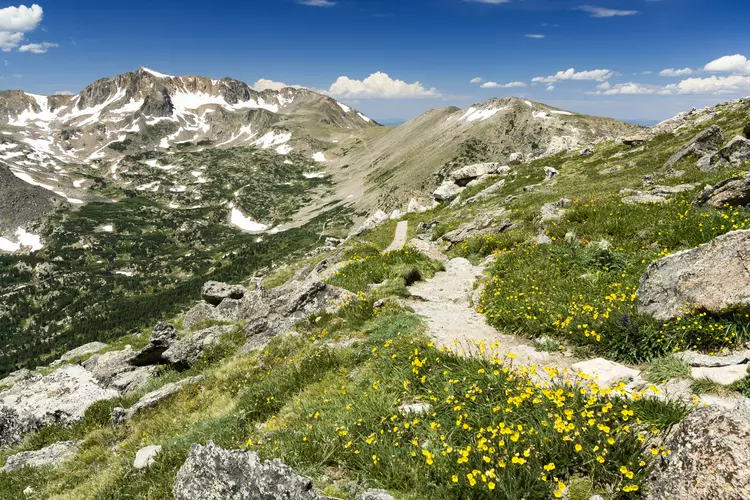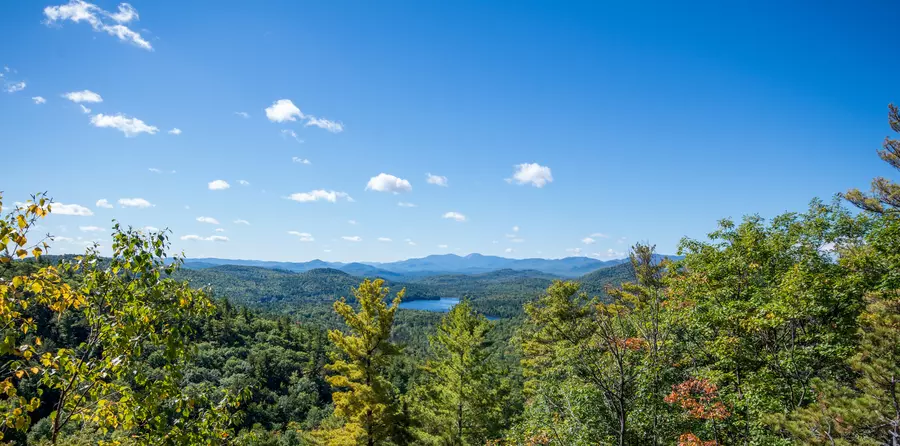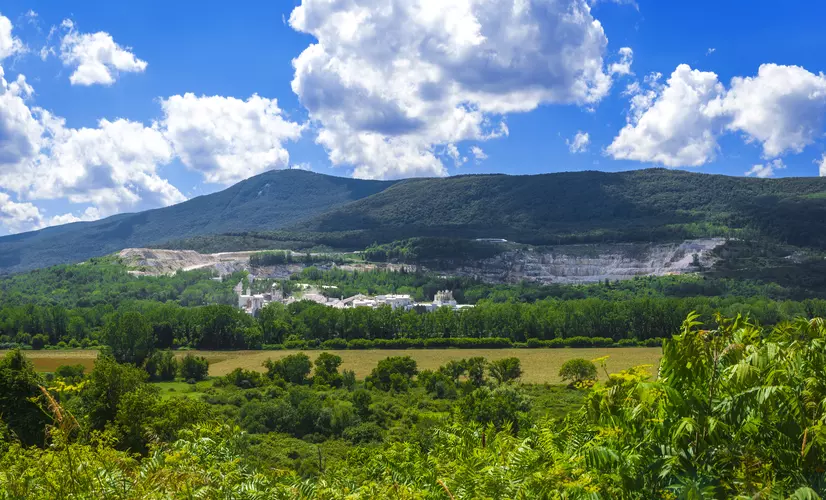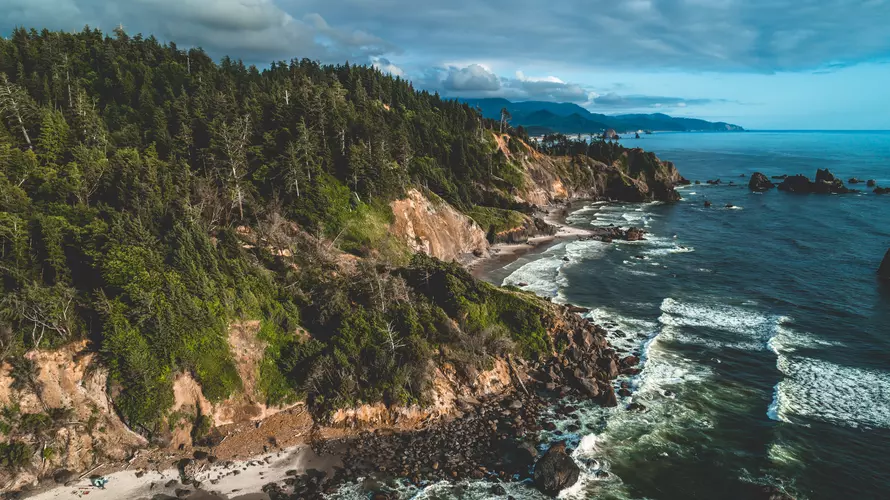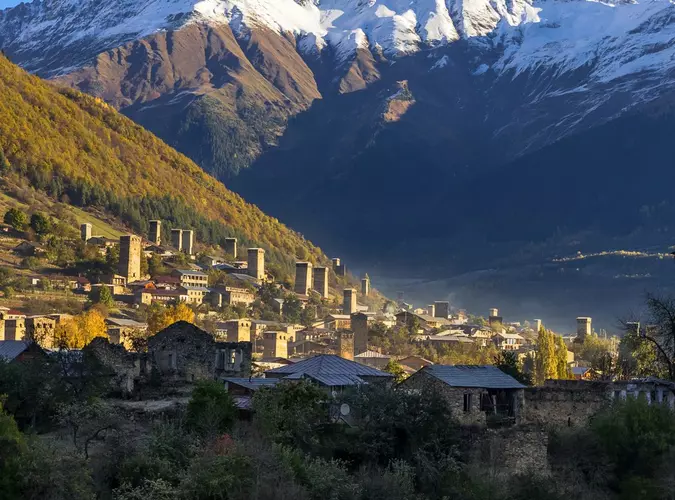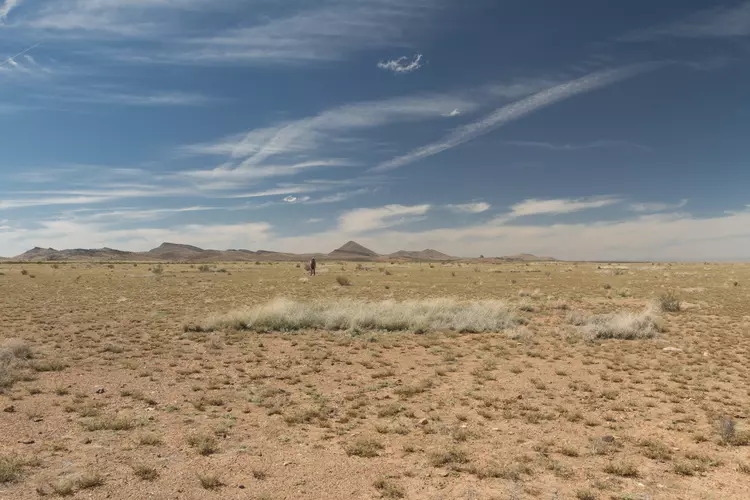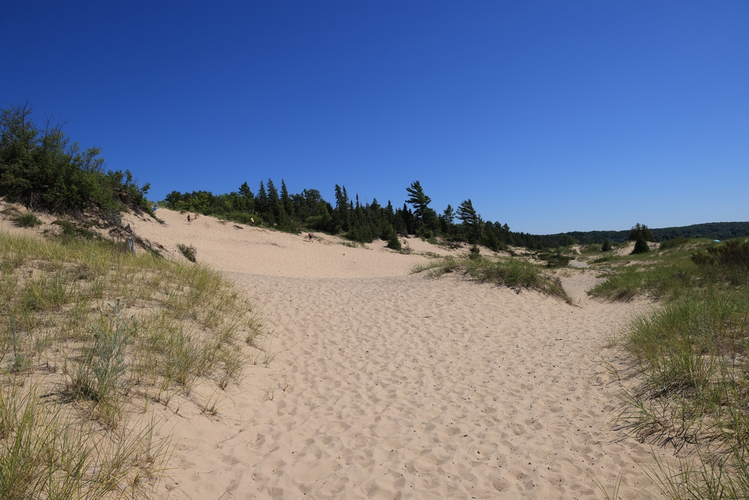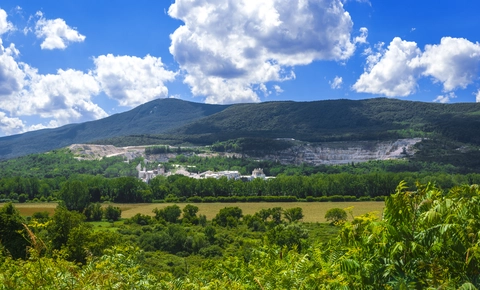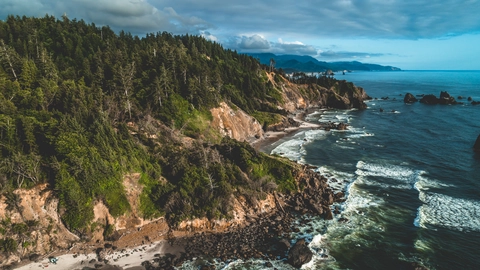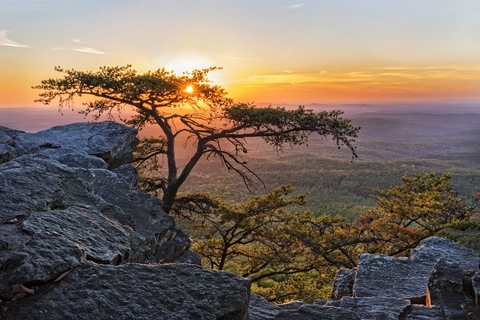"Explore America's trails for breathtaking vistas, diverse landscapes, and unforgettable adventures at every turn."
Embark on an unforgettable journey through the diverse landscapes of the United States, where every trail tells a story. From the rugged peaks of the Rockies to the serene forests of the Appalachians, each path offers a unique adventure. Discover the vibrant hues of fall in New England, the vast deserts of the Southwest, and the lush rainforests of the Pacific Northwest. Whether you're seeking solitude or camaraderie, the trails of America promise breathtaking vistas and moments of awe at every turn.
Most popular hikes
FAQs about hiking in United States of America

https://www.nps.gov/im/gryn/climate.htm

https://www.fs.usda.gov/detail/sierra/passes-permits/?cid=fsbdev7_018115

https://www.fs.usda.gov/detailfull/fishlake/recreation/?cid=stelprdb5121831

https://mra.org/


